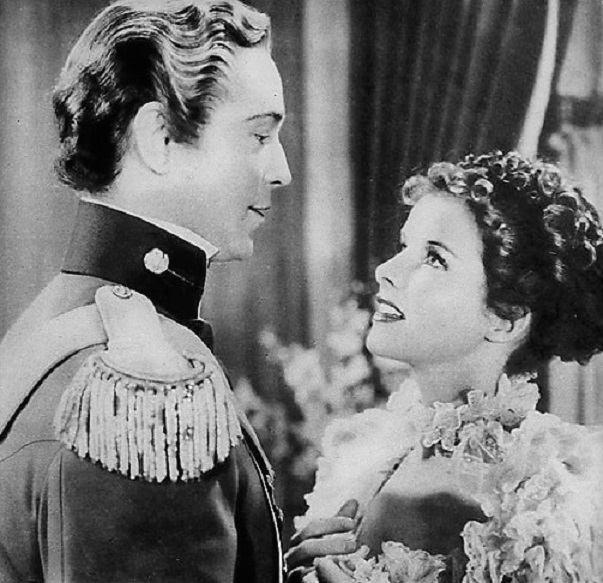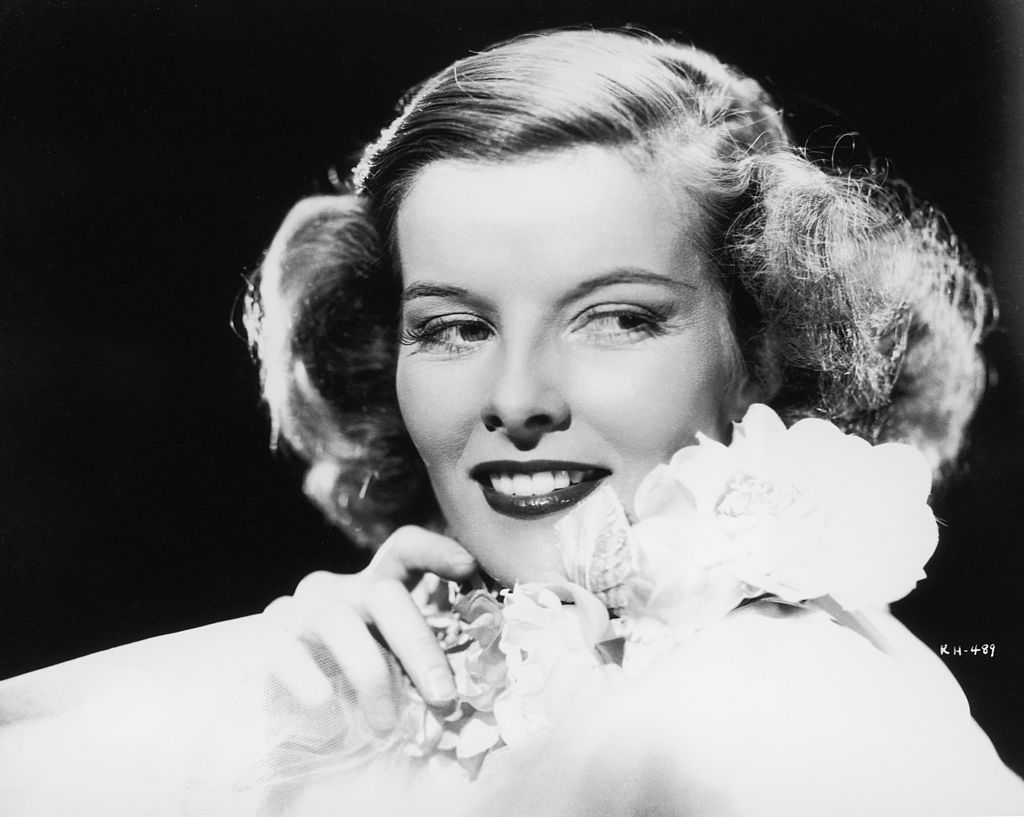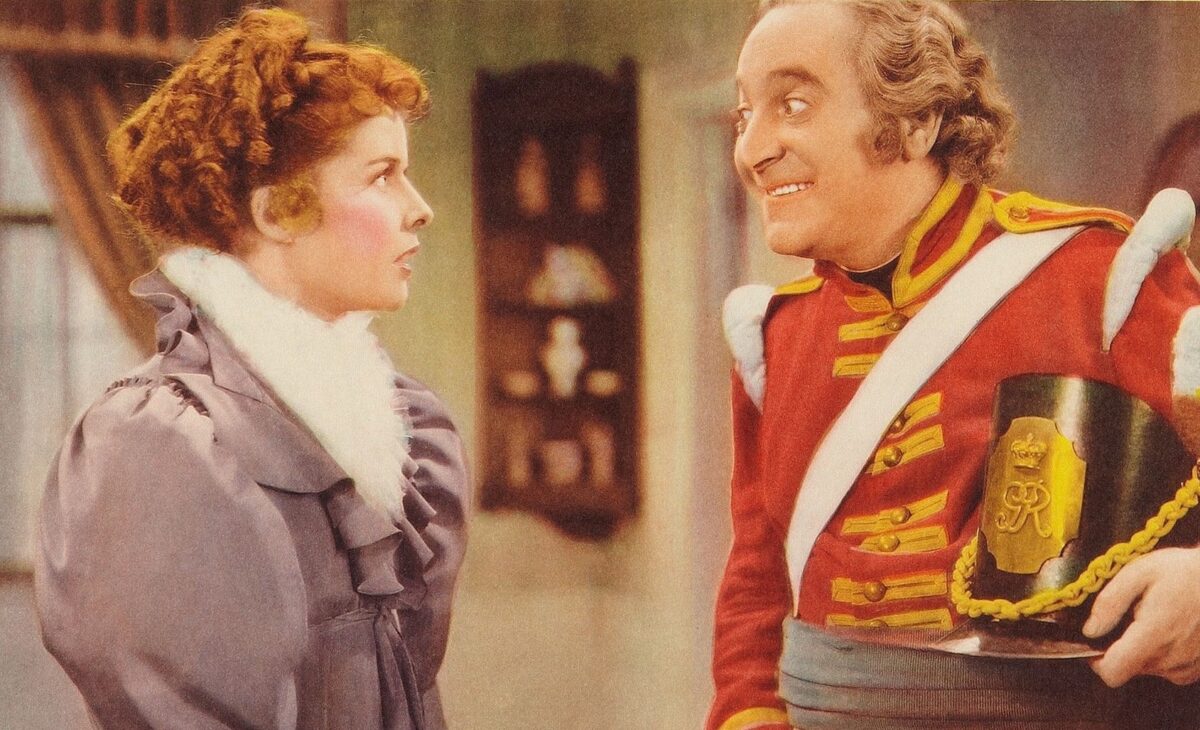Commentary
The Regency Era of England was named thus because it was when the future King George IV ruled as Prince Regent of the United Kingdom while his father, King George III, suffered declining sanity. Although this period only officially lasted from 1811 to 1820, the Regency Era is often categorized as the longer period of approximately 1795 to 1837, when Queen Victoria took the throne. This period was immortalized by Jane Austen’s novels and has recently been popularized by the trendy series “Bridgerton.”
While “Bridgerton” has generated a lot of interest in the Regency Era, its historical accuracy leaves as much to be desired as its low moral tone. A natural alternative for those who appreciate clean entertainment would be classic movies set in the Regency Era. These are surprisingly rare, however, since most novels originally written during the early 18th century were set in other periods when adapted into Golden Era movies. This is because filmmakers from the 1930s-50s didn’t think the high-waisted Regency gowns with straight silhouettes were flattering to actresses. Instead, they opted for the hour-glass styles of the Victorian Era, a far more popular setting whose costumes could be reused for many other movies.
One notable exception is “Quality Street” from 1937. This RKO Radio Picture was based on the 1901 play of the same name by J. M. Barrie of “Peter Pan” fame. The original setting of the Napoleonic Wars was retained in the film, which features very detailed Regency Era costumes for its ladies and gentlemen alike. The movie starred Katharine Hepburn, Franchot Tone, and Fay Bainter. Although not a financial success upon its original release, this movie remains a delightful classic foray into England’s Regency Era.

A Historical Romance
Sisters Susan (Bainter) and Phoebe Throssel (Hepburn) live in a pleasant house on Quality Street in London. Susan is an old maid who has lost all hope of finding a husband, just like their three busybody neighbors, Mary (Estelle Winwood), Fanny (Helena Grant), and Henrietta (Florence Lake). However, her younger sister is only 20 years old and pretty, so they still have hope of her becoming a wife. Phoebe has one suitor, Dr. Valentine Brown (Tone), a fine young gentleman of whom she is very fond. Just when the sisters think that he is going to propose, he delivers shocking news: He has enlisted in the army to fight in the Napoleonic Wars.
Ten years later, the sisters are operating a school in their home. They still live in spinsterhood with their devoted maid, Patty (Cora Witherspoon). The once-lovely Phoebe has become a tired, careworn spinster. One day, Dr. Brown pays them a visit without warning, having returned from the wars a captain. He is dismayed to see how weary Phoebe looks, but she mistakes his concern about her having a headache for shock at how old and plain she has grown.
Desperate to prove to at least herself that she hasn’t lost all her looks, Phoebe dolls herself up in a fancy gown and adorns her hair and face as she did before. She looks just like she did ten years earlier, to everyone’s delight. When Dr. Brown enters to find her thus attired, she pretends to be her own niece, Livy. She agrees to go to the ball with Dr. Brown in Phoebe’s place, although Susan doesn’t like the charade. Livy quickly proves extremely popular with all the young men for her flippant merriment and shameless flirting as well as her beauty. Although Dr. Brown is clearly entranced by Phoebe’s disguise, he is also frustrated by her vain behavior. Phoebe decides to continue leading this dual life until she can teach Dr. Brown a lesson by turning down a proposal as Livy, but the three gossips, who are very suspicious about the mysterious visitor, are dangerously close to discovering the secret.
Regency Romance
“Quality Street” truly illustrates the beauty of the Regency Era. It’s very historically accurate, since it brings the morals and etiquette of Jane Austen’s books vividly to life. The ladies of Quality Street are preoccupied with what their neighbors are doing, carefully marking the coming and going of carriages, the observance of propriety, and, most importantly, the appearance of any male callers. Their nosiness is comical but not unrealistic, if classic novels are any indication. It’s funny to see three spinsters obsessing over the more interesting lives of their friends, but modern society can hardly feel superior. Are reality TV and social media anything but a modern fabrication to satisfy this innate human curiosity?
The primary concern of young ladies during this time period was to procure offers of marriage from eligible gentlemen. This was partly for economic reasons, of course, since there were few respectable means of employment available to women at the time. Teaching was one of the few, and thus we see that the Throssels provide education for male and female students alike out of their own home. Interestingly, all the residents of Quality Street seem to be spinsters, who maintain gracious households without the support of husbands. They probably come from families of means who provided them with comfortable incomes. However, all the women still seem to be lacking something—namely, the love and companionship of marriage.

Susan and doubtless also the three neighbors were unable to procure marriage offers from any men in their youth. This isn’t the case with Phoebe; Susan reminds her that she could easily obtain other suitors. However, Phoebe doesn’t want just any husband; she is deeply in love with Dr. Brown, so she’d rather be an old maid than marry another man.
A Delightful Portrait
“Quality Street” was one of many financial failures in a row for Katharine Hepburn, cementing her status as “box office poison.” However, rediscovering this classic film today, we can appreciate it as a wonderful showcase of Miss Hepburn’s talent. She is remembered as a strong-willed feminist who loved wearing pants and hated makeup, but she was a good enough actress to fully embody a delicate, feminine character like Phoebe Throssel. This character is an excellent role model for ladies today. The standards of behavior which were followed during that time period may seem restrictive when viewed through a modern lens, but the objective of being ladylike is an admirable and honorable one. What it truly meant was to be a feminine, modest, polite, virtuous woman, prepared for the sanctity of traditional marriage.
Phoebe’s masquerade as the frivolous Livy teaches the audience an important lesson as well as her. She tries to become what she thinks Dr. Brown wants in a woman. There’s nothing wrong with her adopting a more flattering appearance; the change in deportment is a welcome one, since it merely was a return to the style of her happier youth. The great change is in the flippant manner which she feigns to portray a young, carefree niece. She succeeds in fooling Dr. Brown into believing that she’s a different person, but she underestimates his character. She doesn’t realize that Dr. Brown always has admired and cared for her because of her delightful personality, not just her youth and prettiness.
“Quality Street” refers to the name of the boulevard where most of the action takes place, but the title also reflects the message behind the story. A woman should be ladylike, of course, and present herself with dignity and to enhance her feminine beauty. However, what matters most is the quality of who she is as a woman and as a person. That is the beauty found in Phoebe of “Quality Street.”
Views expressed in this article are the opinions of the author and do not necessarily reflect the views of The Epoch Times.

















































